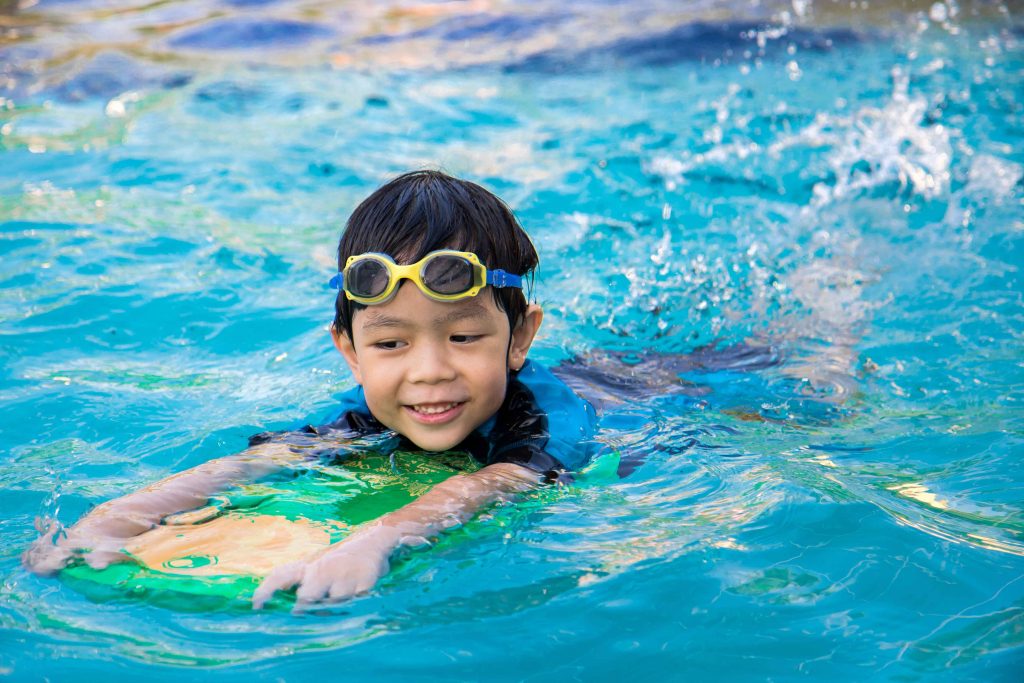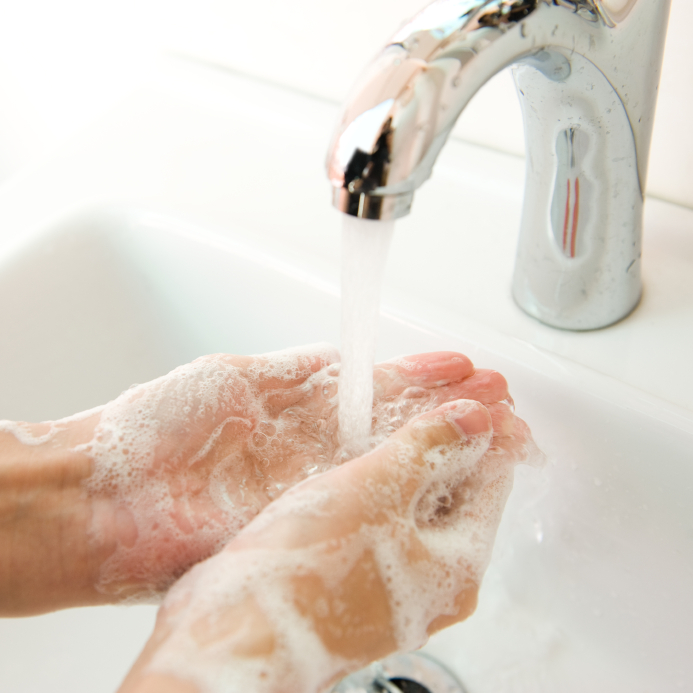The sun is shining, the temperature is rising, and the countdown to the end of the school year has begun. For families in the Midwest, that means it’s almost pool time! While the southern states have had their pools open year-round, Midwesterners are digging out their swimsuits, blowing up their floaties, renewing pool memberships, and uncovering backyard pools. Yet, before you and your little ones cannonball into summer, there are some things you should know to keep your family safe.
Last week, we talked about drowning prevention for teens. This week, we are continuing the theme and exploring ways to prevent drowning in younger children. Drowning is the number one cause of injury-related death in children ages 1-4 and the number two cause in children ages 5-14 after motor vehicle accidents. And for every death, another seven children receive care in the emergency department for nonfatal drownings. The risk for pediatric drowning triples when children have their first birthday because they are mobile and curious, but most can’t swim. So how do you keep your little ones safe this summer? Remembering to swim “SAFER” can help.
S – Swim Lessons
It’s never too early or too late to learn how to swim. The American Academy of Pediatrics supports early introduction to water. Swim lessons are one of the best ways to prevent drowning in children. Even infants can be taught to come to the surface and roll over to their backs to float.
A – Adult Supervision
Drowning isn’t the dramatic screaming, splashing, and flailing we see on TV. It’s silent and fast, only taking seconds for a child to go under and slip out of sight. Drownings often occur not just when there is a lack of supervision, but rather a lapse in supervision. Touch supervision in which children are within arms’ reach is necessary for young children. Just having many adults around isn’t enough. Often the more adults around, the more they’re distracted. Consider having a “Water Watcher Badge” committing the adult to focused supervision. Water Watcher Badges will soon be available at St. Louis Children’s Hospital Safety Stop.
F- Fences and Gates
Backyard pools are fun but pose an even higher risk of drowning. Sixty-nine percent of drownings occur during non-swimming times when children are not expected to be around water. Children wander and explore. If there is a pool nearby, they will find it. All pools should have four sides of fencing around them, and the fourth wall should not be the side of the house. Fences reduce drowning by fifty percent.
E- Emergency Preparedness
If other safety measures fail, bystander intervention is most important in resuscitating a drowning victim. Learn CPR. Knowing the steps of giving two breaths followed by 30 compressions can save a life while emergency medical services are on the way. St. Louis Children’s Hospital offers Friends & Family CPR classes for those looking to learn life-saving CPR skills.
R- Regulation Life Vests
As much as we like to think that water wings, pool noodles, and rafts are safe, these floatation aids instill a false sense of security in novice swimmers. They can easily fall off and put children in dangerous situations. They are not a replacement for touch supervision or U.S. Coast Guard-approved life jackets.
Drowning may be a leading cause of death in young children, but it is 100% preventable. So have a fun summer, and remember to swim “SAFER!”
In case of a medical emergency with a child, determine where the nearest accredited, Level I pediatric trauma center is located. St. Louis Children’s Hospital has six pediatric ER locations across the St. Louis and southern Illinois region, including St. Louis Children’s Hospital, Children’s Hospital at Memorial Hospital Belleville, Children’s Hospital at Memorial Hospital Shiloh, Children’s Hospital at Missouri Baptist Medical Center, Children’s Hospital at Northwest HealthCare, and Children’s Hospital at Progress West Hospital.






Comments